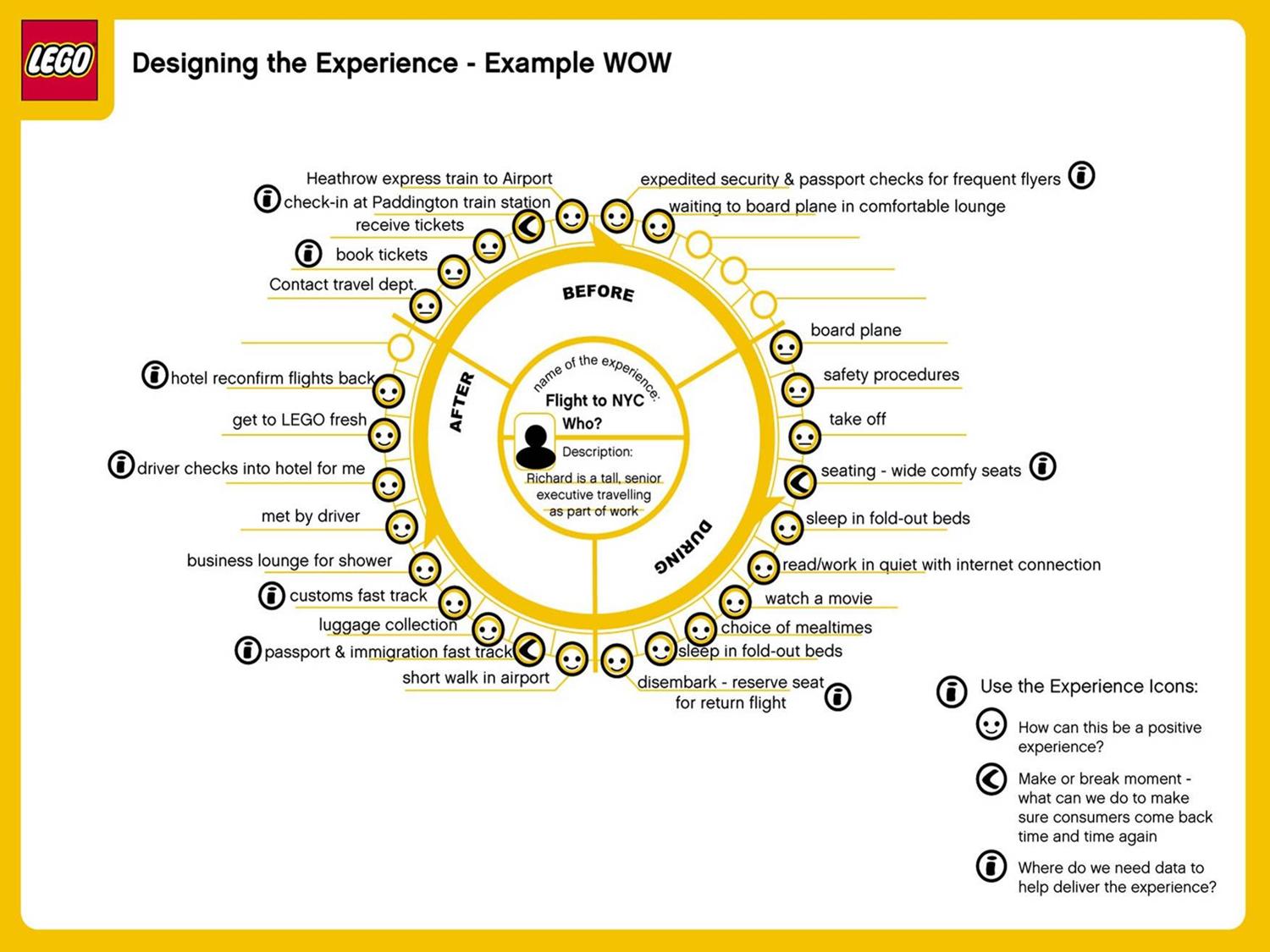Starting a daycare business
- Intermediate
5/5
In this recipe we'll guide you on how to start a daycare business
- Over R25 000
- 160 hours
In this business recipe, we’ll provide insight into generating leads.
Understanding which buying stage your customer is in, is vital to providing them with the right content at the right time. This is a fundamental aspect of generating leads for your business.
The first step in this recipe for qualifying and generating leads is to map out your customer’s journey. Jot down your answers to the below questions for a good start:
Next, if you have a website, link it to Google Analytics as soon as possible–
Another tool in your arsenal is Google Analytics. If you have a website, you can register it on Google Analytics and start receiving data like bounce rates, traffic reports, funnels and conversion rates. This information helps you see what’s working as well as what needs improving.
Now, conduct market research and make notes on your findings:
Nothing beats getting to know your customers by talking to them, though. Speaking directly with your audience gives you valuable insight into real-life issues you could help solve. The goal is to know their pain points.
Once you’ve gathered your information, sort it into the 3 main stages of your buyer’s journey, namely:
Below is an example of the mindset that’s associated with each stage:

Courtesy Ignite Visibility
Next up, you’ll design your customer’s experience. Here we’ll take a look at an excellent example of a “customer experience wheel” designed by LEGO. This powerful strategy can easily be adapted to any type of business and gives you more control of how customers interact with your brand.
The LEGO Customer Experience Wheel was specifically designed for parents and their kids who use Heathrow Airport- see below:

Jot down a potential customer’s name, age and vocation. Next, imagine a situation this person would be in, where your services would solve a problem of theirs.
Refer to the above wheel for the mapping process and craft your customer experience.
Important take-aways from LEGO’s Experience Wheel:
Model your own customer experience over what LEGO has done and you’re well on your way to completing step 1 of this business recipe.
Need help with step 1? Reach out to us here and we’d be happy to assist you. The next step in this business recipe is creating content-
Now that you’ve got your customer journey and experience mapped out, it’s time to create content for them. But the content you put in front of them needs to suit each stage of the journey you’ve mapped out.
Types of content include:
Quality content allows your audience to build trust in your brand and to engage with you. It helps your audience relate to your business and helps them make buying decisions. There are various types of content available to you, that doesn’t have to cost the earth.
The most popular content includes:
Decide which type of content would resonate with the person you’ve created for your experience wheel and begin creating it.
For inspiration, check out how Lenovo targeted their audience by offering valuable content: Lenovo created a site called TechRevolution that scours the web for leadership, innovation & tech trends across Asia.

The great thing about this is it’s aimed at helping people who work in the tech industry- their ideal target audience! By creating a single place online where their target audience can congregate and grow their knowledge, Lenovo managed to gain $30 million in sales, in only 9 months.
So let’s get into how you can start creating meaningful content-
Have a look at how your competitors are doing it. Make a list of where you could improve on their work and then go for it. Remember though that more words and pictures alone don’t add improvement. You can do this by adding more value to your content. Jot down your findings.
Using this method helps you get your content seen by similar customers. A brilliant example of how this works was set by a company called PolicyGenius. They added more value to an article on the same topic by their competitor, Lemonade, and outperformed them in search results!

Research is perhaps one of the most important things when it comes to crafting your own, unique content. Knowing what your competitors are doing can save you time. Another way to save yourself time is knowing what exists online for you to easily research your competition. Take a look at our handy guide here covering just this.
What is SEO and how does it work?
SEO stands for Search Engine Optimization, which is the practice of increasing the quantity and quality of traffic to your website through organic search engine results.
To understand the true meaning of SEO, let’s break that definition down and look at the parts:
Google (or any search engine you’re using) has “crawlers” that gather information about all the content they can find on the Internet. Crawlers bring all that data back to the search engine to build an index. The index is then fed through an algorithm which tries to match all the data with your query.
There are a lot of factors that go into a search engine’s algorithm, and here’s how a group of experts ranked their importance
This is how optimising your content for SEO can drive leads to your website. Here’s a great checklist from SEMRush for optimising your content for SEO:
Understanding which buying stage your customer is in, is vital to providing them with the right content at the right time.
There are 3 types of content for each stage of your funnel:
After considering the above, it’s time to craft your own content.
If you’re looking to find out how to create your own content, be sure to check out these articles:
Or if you’d rather make use of a copywriter to create your SEO optimised content, reach out to us and we’ll happily assist. You can also price your specific needs by checking out our copywriting services here and here.
Next we’ll move on to driving traffic as part of this business recipe.
Driving traffic with your content depends on some variables and understanding them is important.
Craft a strong SEO strategy. This is one way to leverage your content to drive customers to your website. To simplify this for you, Moz has written a great Beginner’s guide on this topic.
Start an email list. It’s one of the best things you can do for your business. This can include making cold calls and compiling your own database of contacts.

To entice customers to sign up to your database, why not offer a free download or trial for one of your products? Adding value is what will bring customers to your door.
The first thing we need to address is which platforms exist where sales people can present their offerings. There are many social media channels that allow you to promote your products or services- some of the biggest ones being YouTube, Facebook, Instagram, LinkedIn & Twitter.
But which channels work best for what you’re offering?
Understanding this is a fundamental part of this business recipe.
For example, Instagram is a highly visual platform. If you’re offering online services, this may not be the best place for your business. If, say, you’re selling leather handbags, then Instagram would be an excellent choice for your business.
It makes sense then, to first unpack how these channels work and how they can be leveraged for your unique offerings. This informative infographic from Social Pilot summarises the purposes of the main social channels really well-

Understanding which channel best works for your business isn’t just about metrics. You’ll need to ensure that the content you’re posting is relevant to the users on the channel/s of your choice.
It’s interesting to note that YouTube has the biggest audience. It’s no wonder that video content performs consistently better than other types on media, across all social channels.
Make sure you’ve reserved your chosen social media account handles and create a social media post calendar.
This link is very useful for crafting your own calendar, if you’re planning on doing it yourself. If not, there’s always Adworth. Reach out here.
Paid advertising
Promoting your content is one way to reach a bigger audience and has shown large conversions for many small businesses. If you have the capital, it would be prudent to consider paid ads on one of these popular channels:
If you’re going to take this on as a personal project, going into this type of advertising shouldn’t be done without researching the ins and outs. This article by Neil Patel is a great place to start. Otherwise there’s always Adworth who can assist. Reach out.
This ingredient in our business recipe is one that does see good return on investment, provided that the ads are targeted and well thought out.
Now that you’ve crafted your sales funnel, user experience and content, you may wonder- what’s next?
Lastly, you’ll need to get sign-ups to your content. This can be done by offering something of value in exchange for an email sign up (as mentioned in the previous step.)
If you don’t collect lead information, your marketing efforts are useless.
Collecting lead information helps:
Make sure you’re emailing your list no more than twice weekly, otherwise it could risk becoming too much.
Some ideas to create lead magnets on your website include:
If you were to optimise your own webpages, it’s best to follow strict SEO principles. You can read more here.
If you’d prefer to leave this part of the business recipe to an expert, reach out to us here– we’d love to help.
A great way to engage with your customers online is by creating a chatbot that they can interact with.
It not only allows customers to get the information they need, right now but also helps create engagement. Here’s a great chatbot you can test in action by Bot Lab- https://thebotlab.io/#experiencenow
 Making sure you craft your script for maximum value is very important.
Making sure you craft your script for maximum value is very important.
For example, the beginning of your script should focus on helping your customer and providing them with information.
Information = value.
Once you’ve provided them with what they’re looking for, you’d then move your script on to the “qualifying” stage where you could propose a meeting to discuss their needs.
To read more about Chatbots, click here or looking to get your own Chatbot? Let us know– we’d be happy to help.
Hosting an event or even attending one yourself is a great way of networking!
Let’s say you own a car repairs business, it would make sense to get yourself in front of people who own cars. This could result in your attending a car show or even hosting one of your own. When you take the initiative to get in front of the right people, opportunities are always sure to come your way.
Top Tip: whether online or in person, when you’re mingling with your prospective audience, be sure to give more than you take.
What does this mean?
Giving more than you take means just that.
Imagine you are at a party. But you don’t know anyone there. Would you just walk up to someone and start talking about yourself? Chances are, you wouldn’t-that would be weird.
It’s the same principle when networking. It’s always better to listen and contribute 90% of the time and use 10% of the time on yourself.
Looking to host your own event? Drop us a line– we’re well connected and can help you out.
And there you have it- our business recipe for generating leads.


